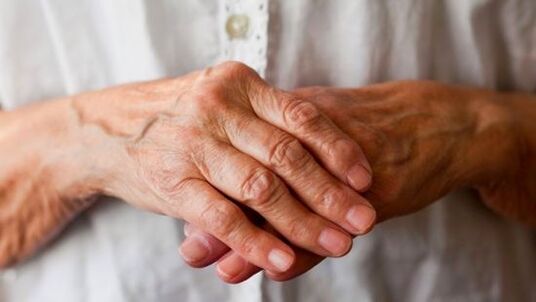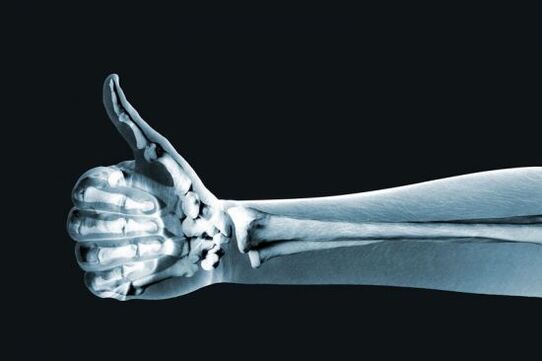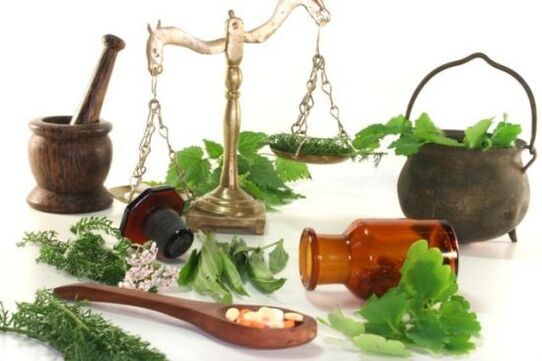reason
gouty arthritis
Polyarthrosis
Rheumatoid Arthritis

psoriatic arthritis
Querven's tenosynovitis
root-knot disease
carpal tunnel syndrome
- Pain on the inside of the thumb.
- My index finger hurts.
- There is a numb feeling on the skin of the palms.
- Decreased hand mobility.
If left untreated, the nerves lose function, leading to disability.
Raynaud's disease
Injuried

Tendinitis
pain caused by internal lesions
- cardiac ischemia. During a myocardial infarction, you usually experience pain and tingling in your left hand.
- diabetes. This pathology causes the hands to become more sensitive due to poor circulation.
important!Heredity, frozen hands, frequent immersion in cold water, and weakened immunity can all lead to hand lesions.
right finger pain
My left finger is injured
Which expert to choose
diagnosis
- radiography. The painless procedure makes it possible to study bone tissue. The results of the study were recorded on film using 3 projections.
- CT. The research was conducted using X-rays. The result obtained after computer processing is a series of images with cross sections.
- spinal electrogram. Testing for abnormalities in the part of the spine responsible for arm function. Pathology is detected during the initial stages of development.
- MRI. Diagnosis using electromagnetic radiation. As a result of the study, images of longitudinal and transverse sections were obtained.

laboratory methods
- General urinalysis. Makes it possible to identify advanced forms of bone inflammation.
- General blood analysis. The study identified the presence of leukocytosis and anemia.
- blood biochemistry test. The presence of increased fibrinogen and sialic acid was determined.
- prick. After the affected joint is pierced, the fluid inside is removed and examined. The study aims to accurately determine the cause of the development of the pathology; it is performed in rare cases.
- Biopsy. A piece of skin tissue is taken for microscopic examination. Lupus and scleroderma can be detected using this method.
treat
To treat carpal tunnel syndrome, comfortable working conditions should be created, taking into account the correct position of the hand. For painful sensations, apply chamomile decoction to the compress.
Surgical methods
- An injury in which the tendon separates from its attachment to the phalanx.
- Arthritis of the hands.
- Breaks and cracks.
- Deep wounds.
- Malignant tumors of the hand.

How to treat according to traditional recipes
- Recipe No. 1. Aloe vera ointment. Crush 20 grams of fresh aloe vera leaves and add 5 grams of dry mustard. Mix and cook for 8-10 minutes until you get a homogeneous mass. Transfer to a light-proof container. Lubricate hand joints morning and night until noticeable improvement occurs.
- Recipe No. 2. Bird Cherry Tincture. Pour 50 g of bird cherry bark into 200 ml of vodka. Do this for 10 days without exposure to light. Lubricate brushes 3 times a day. The course of treatment is 3 weeks.
- Recipe No. 3. Take a bath with marigolds. Pour 1 tablespoon of dried marigolds into 200 ml of boiling water. Fry the soup for 15 minutes. Over low heat. The treatment session lasts 20 minutes. The course of treatment is 10 times.
- Recipe No. 4. Drink dandelion root. So, pour 1 tablespoon of dandelion root into 200 ml of boiling water. Cook for 20 minutes. Drink 1 tablespoon 15 minutes before meals for 14 days.
- Recipe No. 5. Warm three tablespoons of sea salt in the microwave. Wrap a gauze bandage over the joint and leave it for 30 minutes.
The procedure was performed once a day for 20 days.
Useful tips
- Post-traumatic pain does not subside, movement is stiff, and it is difficult to bend the fingers.
- The hands become red and the skin feels burning.
- There is a tingling sensation in the hands.
- Pain in the phalanges of the fingers.
- The hands or fingers become numb.

prevention
- Add hand muscle-strengthening exercises to your morning workout.
- If you need to repeat the movement, you should take a break.
- Staying in positions that require a fixed hand position for long periods of time should be avoided.
- Avoid getting your hands too cold.

























